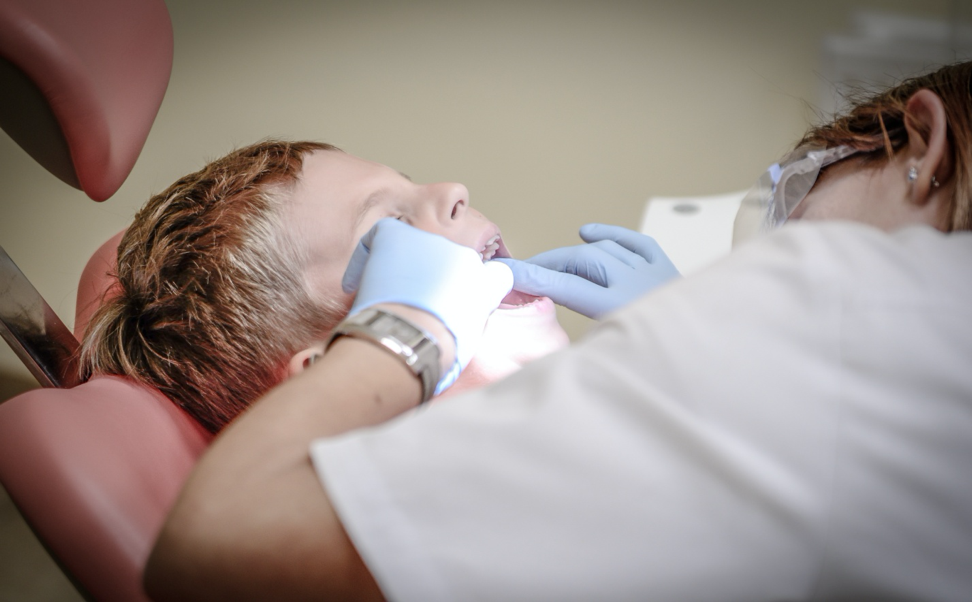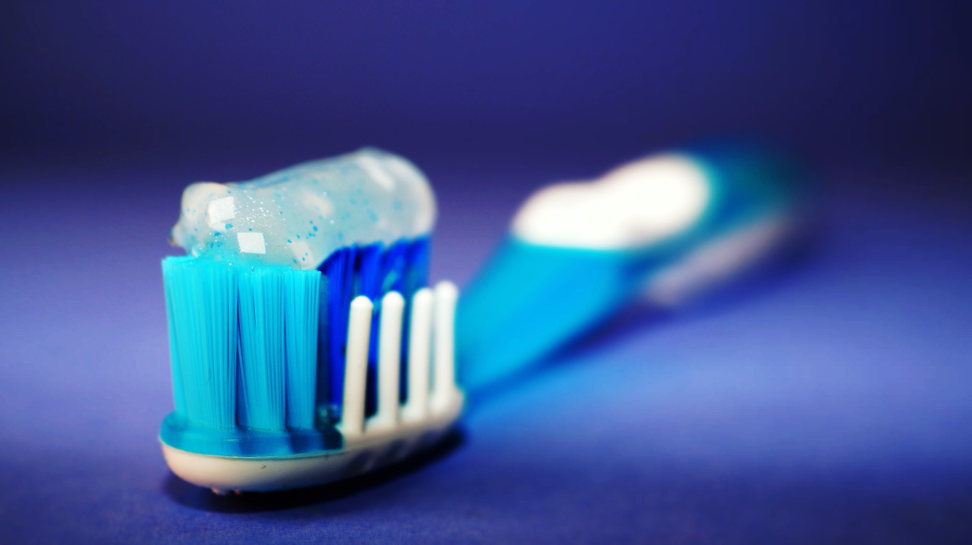Dentistry is a branch of medical science that focuses primarily on the study of oral cavity. For those who don’t know, oral cavity in medical anatomy is the mouth. Dentistry involves the study and diagnosis of the oral cavity. It includes everything from the maintenance of oral health to the prevention of oral diseases. It is a profession, which commonly examines teeth-related conditions. However, the field of dentistry not only covers the teeth but also other facial complexities supporting them. These include the temporomandibular joints and muscular structures that form the face, along with nervous and vascular tissues.
A dentist normally practices in his or her private clinic, but hospitals also hire them to treat patients with oral problems. Secondary care institutions like schools, armed forces or prisons also consist of practicing dentists. Dentistry further divides into many specialties, like orthodontics, pediatric dentistry, endodontics, periodontics, prosthodontics and public health dentistry.
History of Dentistry
The history of dentistry predates modern civilization. Skeletal remains show small incisions in the jaws of archaic skulls. Experts believe these holes are signs of dental treatment of the past for draining abscesses. Furthermore, archeologists found Egyptian scrolls that depict dental treatments and surgery. These evidences suggest that oral surgery in ancient Egypt dates back to 1500 BCE.
Other evidences found from the remains of Phoenicia, which is now modern Lebanon, show the first signs of tooth replacement. Some ancient skulls discovered over there have animal teeth attached with a cord replacing their original teeth.
Indus valley, being one of the oldest civilizations in the world has also been precedent in signifying the historic value of dentistry. Skeletal remains from ancient sites of the Indus valley civilization show signs of teeth drilling done by flint tools.
South Asian regions like China, Japan and India used restorative dentistry methods instead of surgical procedures. Oral medicine was a distinctive part of their culture, and the use of various herbs was the primary restorative method for treating dental issues.
Surgery was also not the choice for Islamic countries, since the sacred scripture was against mutilating the body. So, these regions mostly resorted to preventative measures and strictly emphasized maintaining oral hygiene with the help of herbs. They also cleaned their maintained their oral hygiene by scaling and cleaning teeth regularly.
Development of Dentistry
During the 18th and 19th century, the profession of dentistry did not exist. t In most cases, barbers or general physicians used to perform dental surgeries #. Dentistry is the first ever specialization of medical science. By the 1700s in France, surgeons started limiting their practice to dentistry. Fast forward to 1728, Pierre Fauchard, who was a surgeon in France, compiled all the knowledge of dentistry in a revolutionary book named, ‘treatise on the teeth’ this book contained everything from dental conditions, diagnosis and treatments. It also included all the relative aspects of dentistry and oral surgery. Thus, dentistry emerged as a profession of its own. People regard Fauchard as the father of modern dentistry.
Since then, following up to the 20th century, many advances redefined the dentistry. The technocratic age poured in technological gifts to make the practice even more specified and efficient. Modern dentists use highly advanced tools to perform treatments now. What’s more, there has been a drastic improvement in people’s oral health due to extensive researches on dental conditions. Here are some of the advances responsible for taking this field to new heights:
X-rays
Dental X-rays have been pivotal in the diagnosis of dental conditions. Dentists can now make better evaluations of your dental conditions by taking an X-ray of your teeth. Furthermore, X-rays help dentists better identify cavities, tooth decays and minor damages.
Fluorides
The discovery of how effective fluorides can be to prevent the decay of teeth improved dental health by a large margin. Since this discovery, the US government added fluoride in the public water supply of communities around the USA. This resulted in the decrease of dental carries in children by 50%. Dentists also use fluorides to treat tooth decay, which is also a key component in the toothpastes you use today.
Dental Implants
Implants and bridges are ideal for restoring teeth. Dentists can now completely recover your teeth by the use of implants, bridges and fillings. These are two main filling types used by most dentists: metal fillings and colored fillings. Each type has its pros and cons.
All About Dentistry: To Conclude
Dentistry is a field of medical science with incredible historic significance. This profession accounts for miraculous implications and extends far more than the treatment of the teeth. Its procedures can help some people eat, breathe, and talk better, a fact that marks its importance in medical science.
Bryant Park Endodontics
Dr Young Bui
30 East 40th Street Suite 1201
New York, NY 10016
646-205-3045
Drendo4u@yahoo.com



[…] All About Dentistry […]
[…] All About Dentistry […]